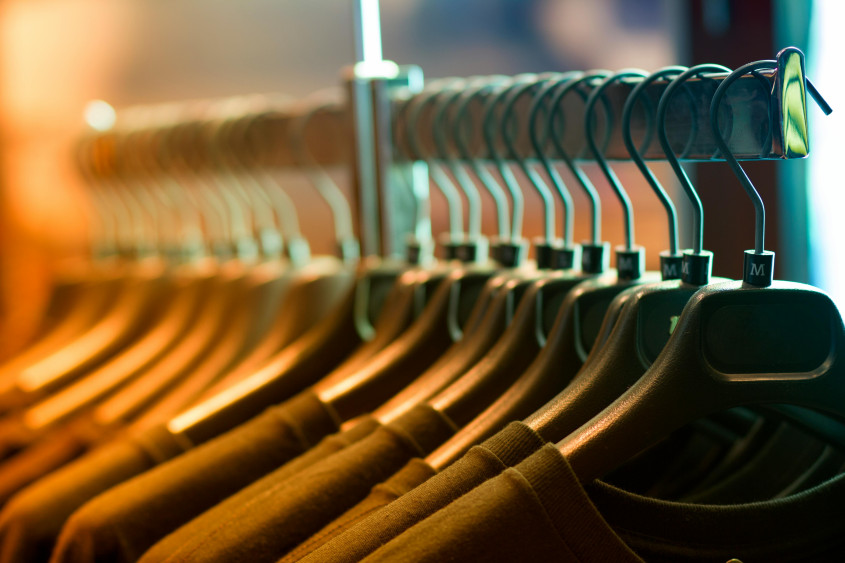Walking the talk
Walking the talk
Our latest sustainability behaviour report is a call for collective action. Here are five ways we’re making a difference.
Our latest sustainability behaviour report is a call for collective action. Here are five ways we’re making a difference.

Our second sustainability behaviour report, ‘It takes many,’ has just launched.
Based on consumer research across five European countries, the report confirms that while awareness and intentions around sustainable fashion are growing, the so-called ‘attitude-behaviour gap’ remains a major challenge. In short: people want to make more sustainable choices, but real-world barriers, like price, accessibility, lack of trust, and information overload, still hold them back.
The report highlights how all players in the fashion ecosystem, including us, need to step up. Here are five ways we’re turning its recommendations into action and supporting more responsible choices in our business.




